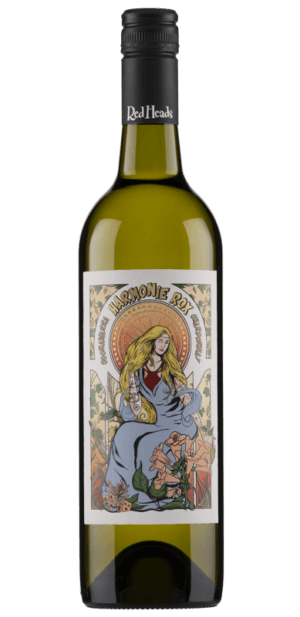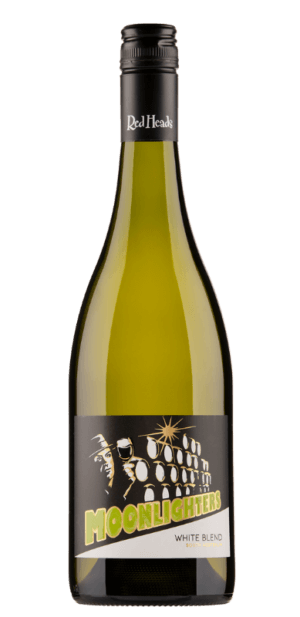Grape Varieties
Chardonnay
Chardonnay is a green-skinned grape variety that produces light to full-bodied, dry white wines. It’s refreshing and creamy, making it a popular grape blend. While its origins lie in France, Chardonnay is a versatile grape variety that can grow almost anywhere. Chardonnay vines are cultivated wherever wine is produced, from England to Australia.
Where is Chardonnay grown?
From its origins in the Burgundy wine region of eastern France, the Chardonnay grape is now found in vineyards across the globe. Often described as the winemaker’s grape, Chardonnay is easy to grow in varying climates and blends well with other grapes, particularly Chenin blanc, Colombard and Sémillon.
Australian Chardonnay grapes are grown in four major regions:
- Adelaide Hills
- Margaret River
- Yarra Valley
- Mornington Peninsula
Chardonnay wine style and character
The character and style of Chardonnay can vary depending on which climate the grapes are grown in.
Chardonnay wines from grapes grown in cooler climates have a lighter body, with subtle flavours and higher acidity levels. In contrast, those made from grapes grown in warmer temperatures have bolder fruit flavours due to the riper grapes and result in a more full-bodied Chardonnay wine.
Our best Chardonnay wines
Tasting notes
Wines using Chardonnay grapes tend to vary depending on where the wine’s been made and how but are often described as tasting of white fruits, such as peach, green apple and apricot, and tropical fruits, including pineapple and melon. Citrus flavour, with hints of lemon and lime zest, also comes through if the wine is made in a cooler climate. Alongside fruit, floral flavours such as apple blossom and honeysuckle are a big part of Chardonnay’s flavour makeup.
More unusual flavours include celery leaf, beeswax and even chalk.
Other notes such as spiced nutmeg, cinnamon and vanilla develop if the wine is aged in oak barrels, a process that delivers Chardonnay’s signature toasted, buttery quality.
Food pairings
Wines created from Chardonnay grapes grown in cooler climates pair well with dishes with lighter flavours, such as raw shellfish or steamed fish, cod or haddock, vegetable pasta and risottos, and creamy sauces. If lightly oaked, you can pair Chardonnay with dishes such as salmon, buttery curries and white meats such as pork or chicken to play with the light, fruity notes of the wine.
Full-bodied, oak-aged Chardonnays match well with richer dishes such as veal, late summer veggies like pumpkin and red peppers, Eggs Benedict, and steak béarnaise.
A sharp Cheddar also pairs well with Chardonnay.
How to serve Chardonnay
Like many white wines, Chardonnay is best served chilled – between 11-14C. If the wine is too warm, the flavours can become muddled and confusing, but if served too cold, you lose all the aromas and flavours – it’s all about finding that sweet spot.







